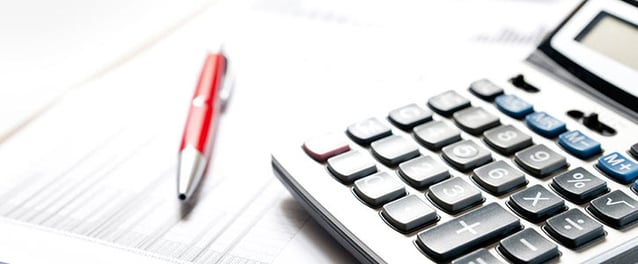
Business Maintainable Earnings (or Sustainable Earnings) is often the way the market values businesses, particularly small- to medium-sized enterprises that are not traded on the stock exchange.
Business Maintainable Earnings (BME) is the ability of the business to generate earnings into the future.
Business Maintainable Earnings – a practical example
Business #1
"I am a sole operator running a lawn mowing business.
I have a lawn mower, a catcher and a car.
I drive around and knock on people’s doors and say: ‘You’re lawn looks long, would you like me to mow it?’
I mow it and I get paid a good wage."
This business does NOT have Business Maintainable Earnings because the minute I get sick or the minute I decide to have a day off, I get no earnings.
Business #2
"I own a lawn mowing business that has a client base of 200 people.
It does maintenance work for large business and government installations.
It has contracts relating to that maintenance work that say: ‘You will do my lawn mowing for six months and we will pay you XYZ.’
It has staff that assist in undertaking the work.
It generates a return over and above paying wages.
If I sold that business tomorrow the existing contracts for lawn mowing and maintenance may represent a significant dollar amount and may run out over time, regardless of me not being in the business."
This business DOES have Business Maintainable Earnings and the market will consider that in valuing the business.
How to calculate Business Maintainable Earnings
Revenue
– cost of goods sold
= Gross profit
– operating expenses, including owner’s wages if the owner is working in the business
= Operating profit
+ or – adjustments for any interest, depreciation or near-term asset replacement requirements, abnormal or non-business related or prevailing market related income and expenses (in order to ‘normalise’ the trading performance)
= Business Maintainable Earnings
This formula gives you the Business Maintainable Earnings of the business. It’s essentially an estimate of the business’ likely future performance, based on the trading performance of the recent past financial years, and considers the prospects for the baseline business moving forward.
As business owners looking to drive value in a business, the higher you can build the picture of BME, show that it is robust and there is a high probability of it being delivered in the future, the better your chances of driving greater value when looking to sell.
If you would like advice or support to manage your BME and better understand the value of your business and how to positively impact it, contact the team at JPAbusiness on 02 6360 0360 or 02 9893 1803 for a confidential, obligation-free discussion.

